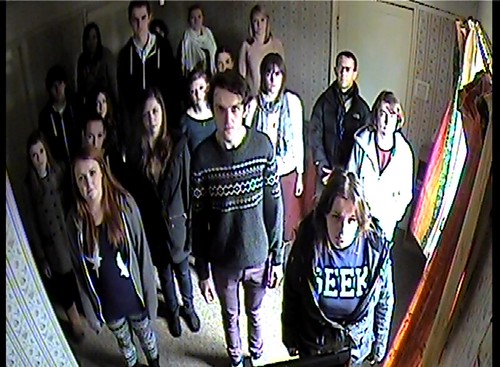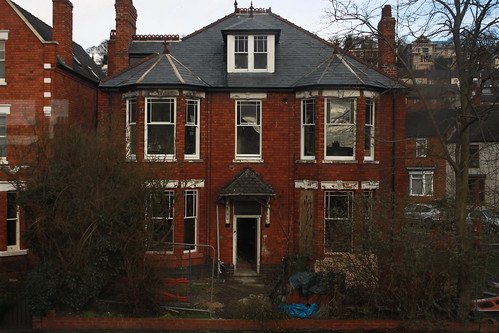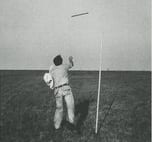A home, although a simple concept, has many different definitions and connotations. Some which our house on West Parade meets and others which it does not; “a dwelling place” ((Oxford Dictionary)) for example fits our house. A “fixed residence of a family” ((Oxford Dictionary)) however does not. In my opinion, a home is a place of safety, we as humans “feel at ease in this space” ((Bollnow, O.F (2011) Human Space, London: Htyhen Press)), further a home is a place where the inhabitants feel completely safe, therefore our house is not a natural home. It is uninhabited, not a single individual returns to that house of an evening, no one calls it home. This leaves us in an awkward position, do we want to approach the house simply as a building with no emotional ties or do we want to create a fake home? This choice will greatly affect how our audience feels once inside our house, at ease or on edge, which demonstrates the severity of the decision. Do we want to make our house a home?
The audience will, in the majority of rooms, become a key part of the performance and not just an observer in the style of a traditional audience member. This, I expect, will make the majority of our audience feel, to a greater of lesser extent, uncomfortable. We are here faced with a dilemma, do we want to encourage this feeling of discomfort? In the bedroom we have made decisions unconiously which we expect will encourage the discomfort. We have incorporated constant twists into our performance which ensure that the audience member never settles, never allowing them to feel at ease, causing their discomfort to stay or perhaps increase.
On the other hand, would an audience member who was completely comfortable be more willing to partake in the active, inclusive parts of the performance? This is a question that I doubt we will be able to answer until we have our first audience. It is though a question we can explore, depending on the extent we want the audience to participate. In this sense we can refer to Govern’s idea of who goes; do we, as the performers, choose to take our audience with us. To join us in the performance which we have created along with the house or do we leave them simply to view the piece as outsiders? What if we take half the audience with us and leave half behind?
This is an idea which we are toying with in the bedroom. If the audience enter in pairs we immediately separate them, sitting one in a chair in a corner of the room whilst the other is put to bed. These audience members are bound to have a different experience of the same events. Perhaps one will feel more uncomfortable than the other, but more interestingly perhaps the house will start to become a home for one but still exist only as a stage for the other.
Bollnow says that “it is the family that brings out the homeliness of a dwelling space” ((Bollnow, O.F (2011) Human Space, London: Htyhen Press)), in the case of our house, we as performers are the family. We have the task and/or the opportunity to bring out the homeliness of the house and with this comes the control over the audience’s feelings toward this house.
We may have control over the audience’s reacts toward the house however we do not have control over the house becoming a home. A home is deeply personal with a different meaning to everyone. It is impossible to consciously build a home; a home is created through time as people become increasing at ease in a space. Through this definition it is possible to see our house becoming a form of home. All of us performers are far more at ease in the house now than we were upon our first visit. The house, whether we like it or not, is becoming some form of home to us.
 Photo taken 15/03/2013
Photo taken 15/03/2013
I wonder whether this is going to change our performance and if it does how, and to what extent. It will be almost impossible for us to have the same emotions towards the house as we did. The unsettling nature of the house has subsided for us, and will undoubtedly be stronger for the audience than us during performance. But do we want to bring back the unsettling feel? I doubt it. I think we can created a very interesting parallel inside the house. A house which is grotty and unpleasant to spend time in filled with people who are comfortable and enjoying their time there will be much more powerful than a grotty house filled with people who do not want to be there.
Our house is becoming a home, whether we like it or not. And I believe this is best to be embraced rather than fought.




